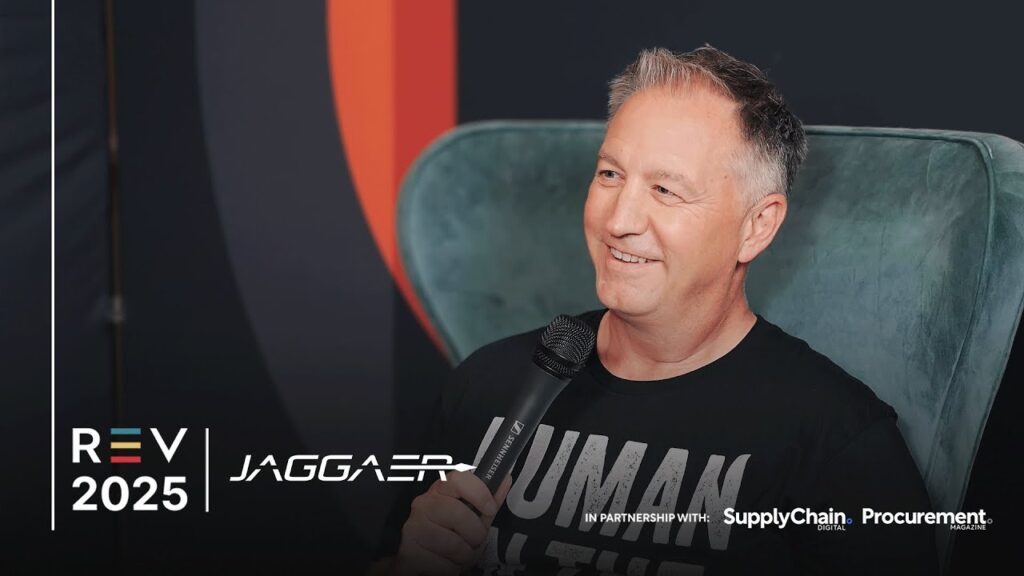In the first installment of this series, we talked about the necessity to align AI with business goals. This time around, I want to get specific about what Agentic AI can and should do for procurement-dependent industries like Manufacturing, Higher Education and Public Sector.
The upside to investing in this technology could not be higher. A new McKinsey report predicts Agentic technology will generate 450 billion to $650 billion in the next few years, as well as help businesses save 30 to 50 percent from the automation of repetitive tasks and streamlined operations.
At the same time, risk cannot be ignored. An August 2025 report from MIT’s Media Lab found that 95% of internal generative AI pilot programs failed to deliver a measurable financial impact, whether by boosting revenue or increasing productivity.
I would like our conversation to focus on a clear line somewhere in the middle, somewhere south of the hype and due north of doing nothing at all and letting your competition pull ahead. For me, this line means choosing an industry-first, Agentic AI solution like JAGGAER’s JAI and the most logical business processes to transform.
Agentic AI in Manufacturing
When it comes to deploying Agentic AI, Manufacturing faces the greatest challenges—with the greatest opportunity for transformation. The challenges include high-speed procurement cycles with complex specifications and custom BOM structures, along with risk that is deeply embedded in multi-tier supplier networks.
Whether you are manufacturing automobiles or shoes or advanced robotic equipment, you are constantly trying to balance cost, quality and direct material disruption caused by climate, politics and other factors.
Agentic AI can help you with process-specific agents. For instance, you could have a BOM-Based Supplier Selector Agent that ensures that sourcing aligns with exact technical requirements, reducing risk of rework or mismatches. Or you could have a Supplier Development Plan Agent that proactively proposes quality and performance improvements for critical suppliers.
The number and scale of sourcing events is a tangible business problem that Agentic AI solves. The technology can see down to Tier 2 and 3 suppliers, which are harder to monitor and are where many of the disruptions occur (source: Deloitte). Across the organization, the technology also gives you increased agility in responding to material shortages or disruptions, stronger supplier performance management and early risk detection, and efficiency gains in managing tail spend and tactical sourcing.
Agentic AI in Higher Education
For Higher Education leaders, Agentic AI offers a way to move beyond reactive systems. At a time of declining enrollment, skyrocketing tuition costs, and funding cuts, institutions struggle with siloed procurement models across departments, labs, and campuses that are often impossible to use by infrequent or non-expert buyers. They also face long supplier onboarding cycles and zero visibility on opportunities to save money.
As with Manufacturing, process-specific AI agents address these issues. For instance, a Procurement Intake and Request Management Agent guides users to compliant and budget-aligned purchasing paths without requiring procurement expertise. Or a Quote to PR Agent automates the creation of purchase requests, simplifying the buying process for faculty or administrators. Or a Category Strategy Agent helps central teams develop sourcing strategies that reflect the real needs of diverse academic departments.
The impact is always human, and always quantifiable. In the same way that digitally transforming procurement brought everything into the same workflow, Agentic AI adds intelligence that brings reduced friction for campus users, policy adherence without creating administrative overhead, and visibility into decentralized spend and more proactive category management.
Agentic AI in the Public Sector and Beyond
The procurement issues faced by the Public Sector are similar to those faced by Higher Education. Procurement is tightly bound by regulations, compliance mandates, and transparency requirements. For both department heads and administrators, processes must be audit-ready at every stage—from sourcing to contracting and invoicing.
Along with a converged, intelligence platform like JAGGAER, a Contract Compliance and Risk Monitor Agent flags breaches, expirations, and non-compliant clauses automatically. A Supplier Performance and Risk Agent provides auditable, objective metrics on supplier reliability and potential red flags. And a Spend Forecasting Agent, along with a Fraud and Compliance Audit Agent, supports proactive budgeting and ensures alignment with fiscal year planning. And for teams, the greatest feature is the agent’s ability to monitor irregularities across payment and spend data.
I realize this has been a brief overview, but I hope it inspires you to consider the excitement of the moment in which we find ourselves. I also hope that no matter which industry we’re in, we are all looking for the same thing. We want Agentic AI to minimize cost and create more value for our customers.
Go Deeper
Watch
REV2025 Keynote:
Gopinath Polavarapu (“GP”)
Chief Digital & AI Officer









